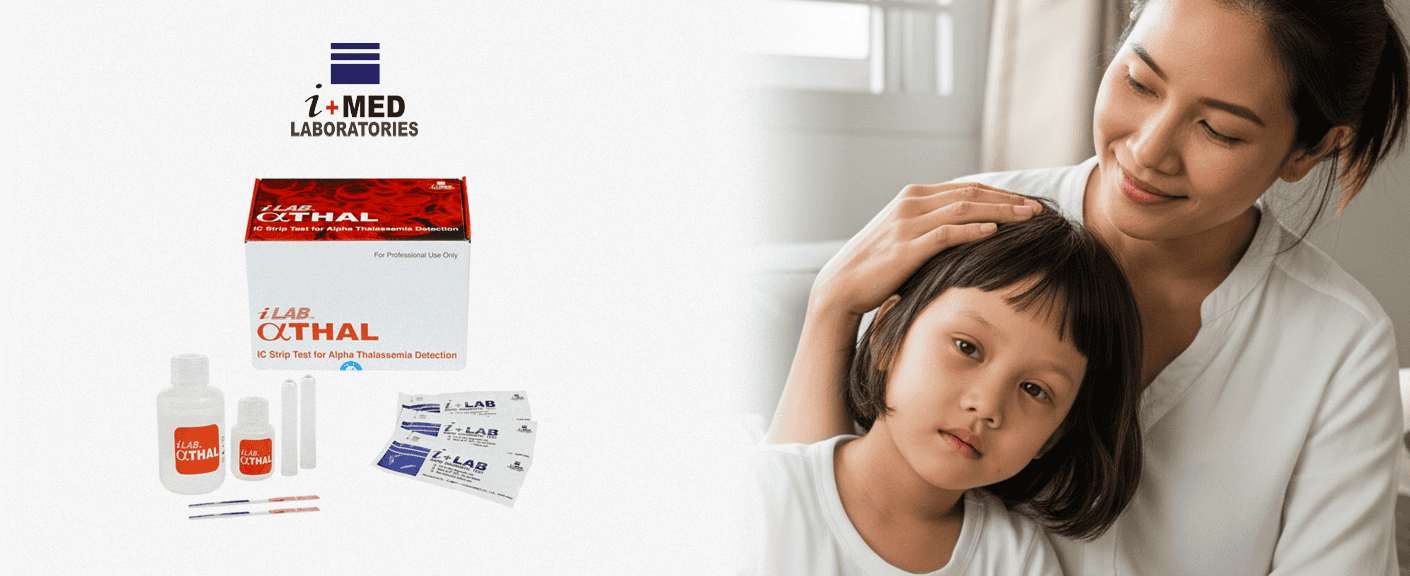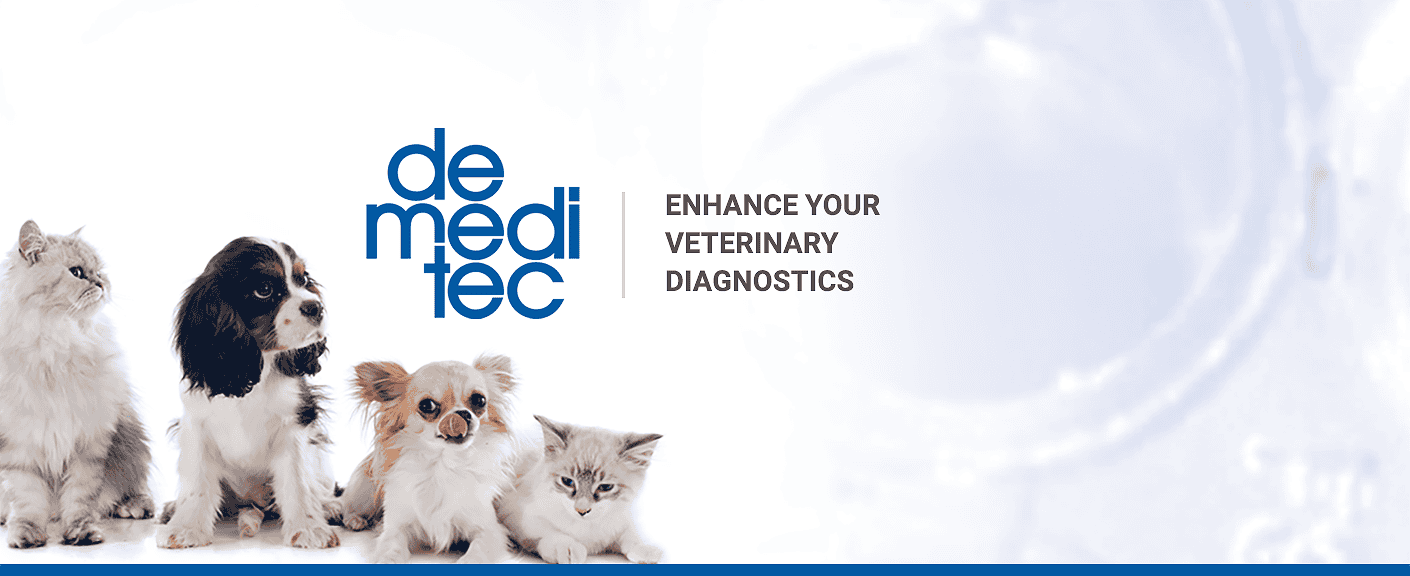Improve accuracy of your laboratory’s results with calibration verification testing.
Calibration Verification Plays Key Role in Reportable Range Verification, Ensuring Assay Performance
In some cases, calibration verification can detect problems with an instrument or assay before quality control (QC) can, because it challenges the entire reportable range of the assay. By testing materials with known concentrations as patient specimens, calibration verification streamlines verification of accuracy, precision, and reportable range prior to reporting patient results.

With Maine Standards calibration verification kits you will:
- Safeguard instrument performance: Calibration verification confirms an assay’s full range of coverage and provides critical troubleshooting data when an instrument doesn’t perform as expected.
- Demonstrate a full range of coverage: Ongoing calibration verification confirms that the instrument’s claimed reportable range is consistently maintained. Challenging the entire range through calibration verification is invaluable since many methods are calibrated with a 2-point calibrator.
- Secure troubleshooting data: Calibration verification allows labs to understand where issues are happening. When a system doesn’t perform as expected, calibration verification can be a crucial troubleshooting tool.
- Deliver consistent results: Calibration verification has proven to continuously monitor performance specifications, such as accuracy and precision, while maintaining high-quality standards, even at high test volumes.
- Integrate regular calibration verification: Calibration verification monitors assay performance over time, maintains quality results, and can detect assay calibration or instrument issues that may be missed by daily QC.
Calibration verification offers labs greater confidence in the accuracy of their patients’ results.
When to verify:
- New instrument or test method added
- This includes adding versions of the same instrument or method. Calibration verification ensures a new instrument performs correctly before it’s accepted by the lab director, allowing the manufacturer to address identified issues before it’s put into service.
- Major preventive maintenance performed, or critical parts replaced
- This includes when a test system is sent to the manufacturer for repairs. Calibration verification must be conducted on the repaired system before resuming patient testing.
- Unusual trends or problems after corrective action
- This includes when control materials reflect a shift, are outside the lab’s acceptable limits, or when procedures for correcting unacceptable values don’t correct the problem.
- New analyte assay for an existing instrument added
- Reagent manufacturer changed
- Loaner instrument added
- Existing instrument relocated
To learn how calibration verification can improve the accuracy of your laboratory’s results, contact Abacus dx.
Read more about calibration verification
Visit VALIDATE® PRODUCTS (mainestandards.com) to view the multiple range coverages for each analyte and use the Analyser Search Tool to identify the recommended products for your specific analysers.
THESE PRODUCTS ARE NOT AVAILABLE FOR PURCHASE BY THE GENERAL PUBLIC.
Request a Quote








